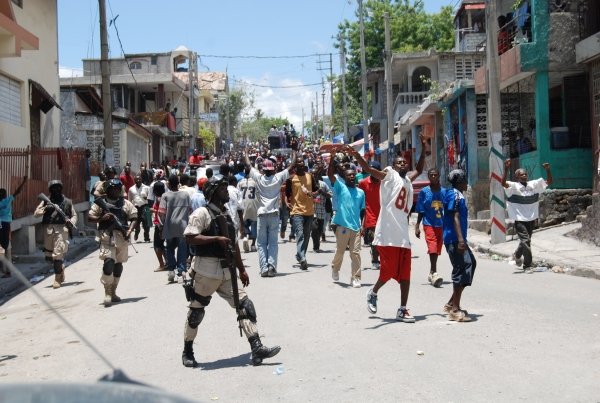|
More than 530 Haitians were killed in gang-led violence in the first quarter of this year.
Haiti’s capital, Port-au-Prince, is only 700 miles from Miami, Florida; shore to shore, Florida to Haiti, it’s even closer. It is bordered by a middle-income country, the Dominican Republic. And yet it’s not only the poorest country in the Americas, it’s the most violent.
Gang violence in Haiti isn’t new. When I visited the country as USAID Administrator, I was struck by how every movement in Port-au-Prince was shaped by concerns about insecurity. In 2018, for example, when I visited a school and orphanage not far from the capital, I traveled there not by car, but by helicopter.
But since the assassination of former President Jovenel Moïse in 2021, things have gotten much, much worse. This year, according to United Nations statistics, more than 530 people have been killed, 300 injured, and 277 kidnapped in gang-related incidents in Haiti—just through the end of March. What’s more, 90 percent of metropolitan Port-au-Prince is estimated to be under gang control.
|













